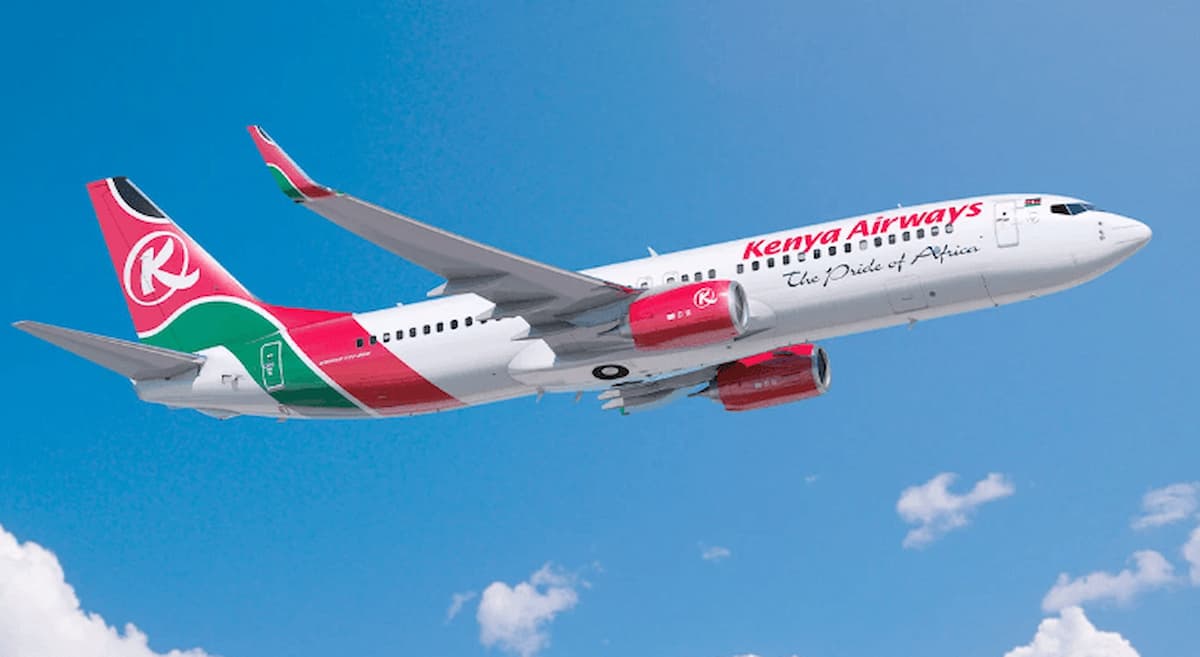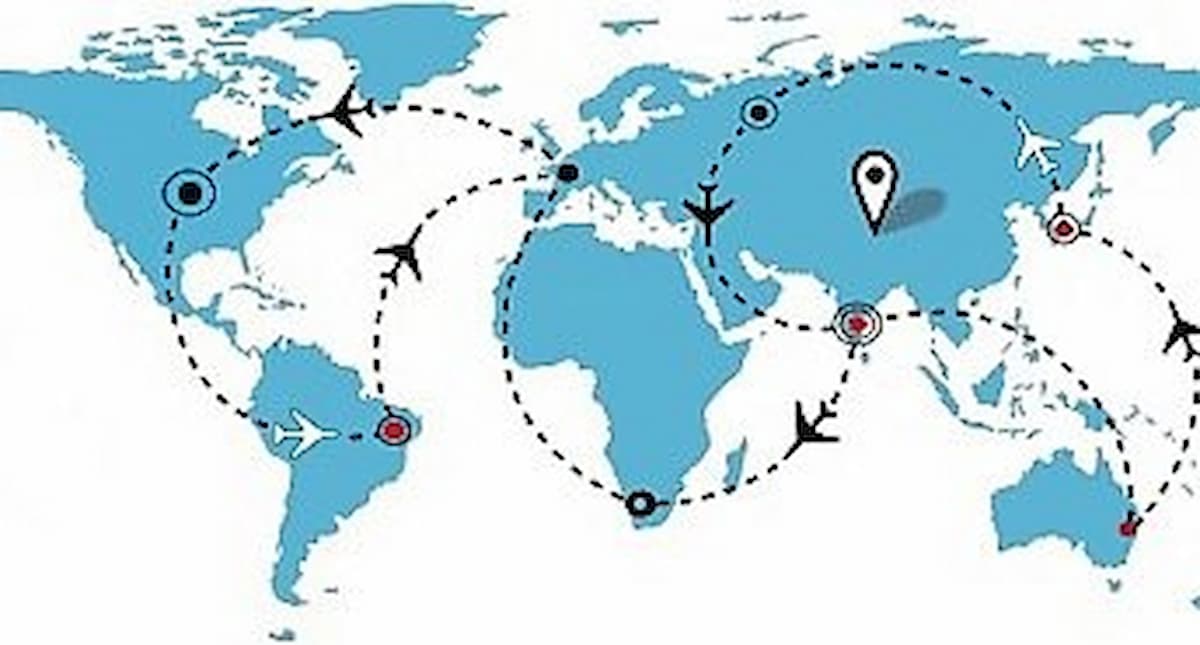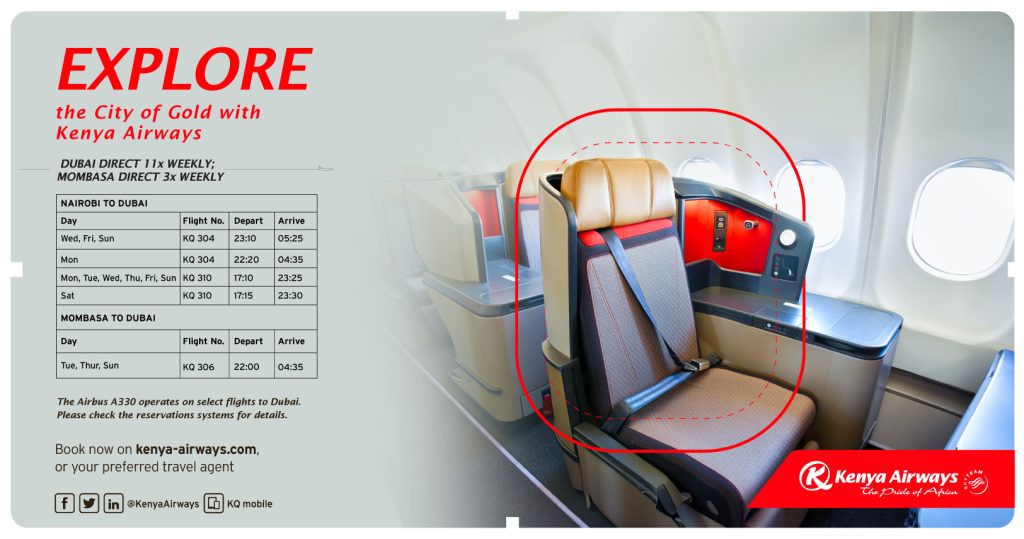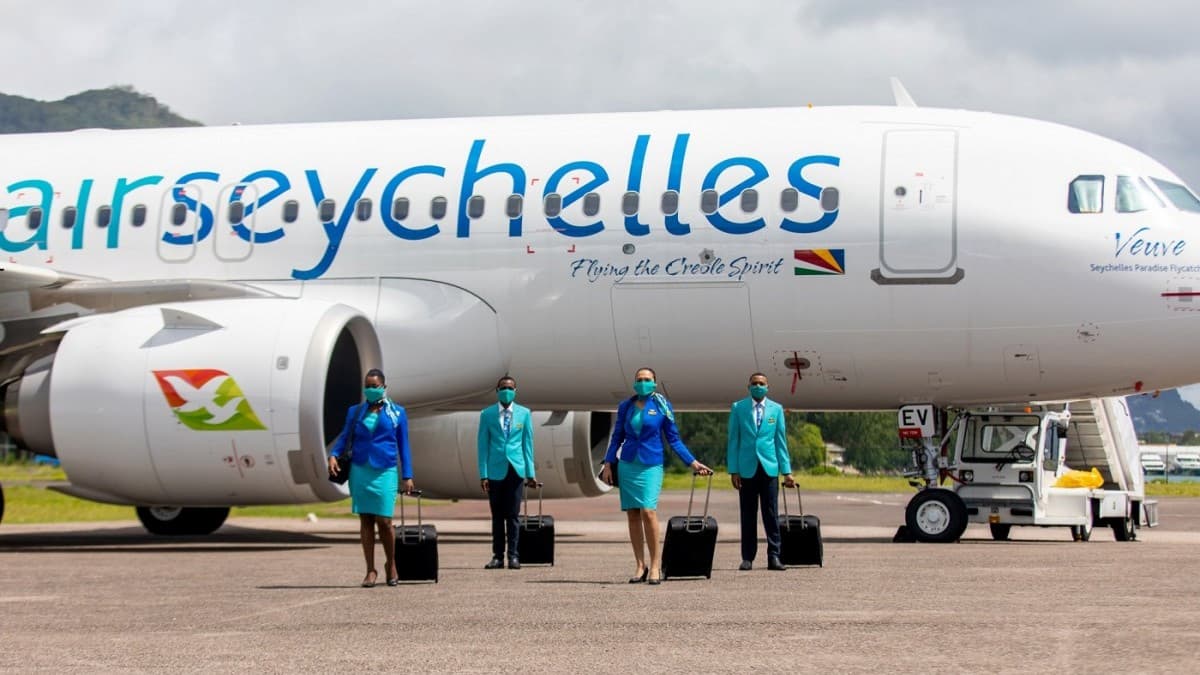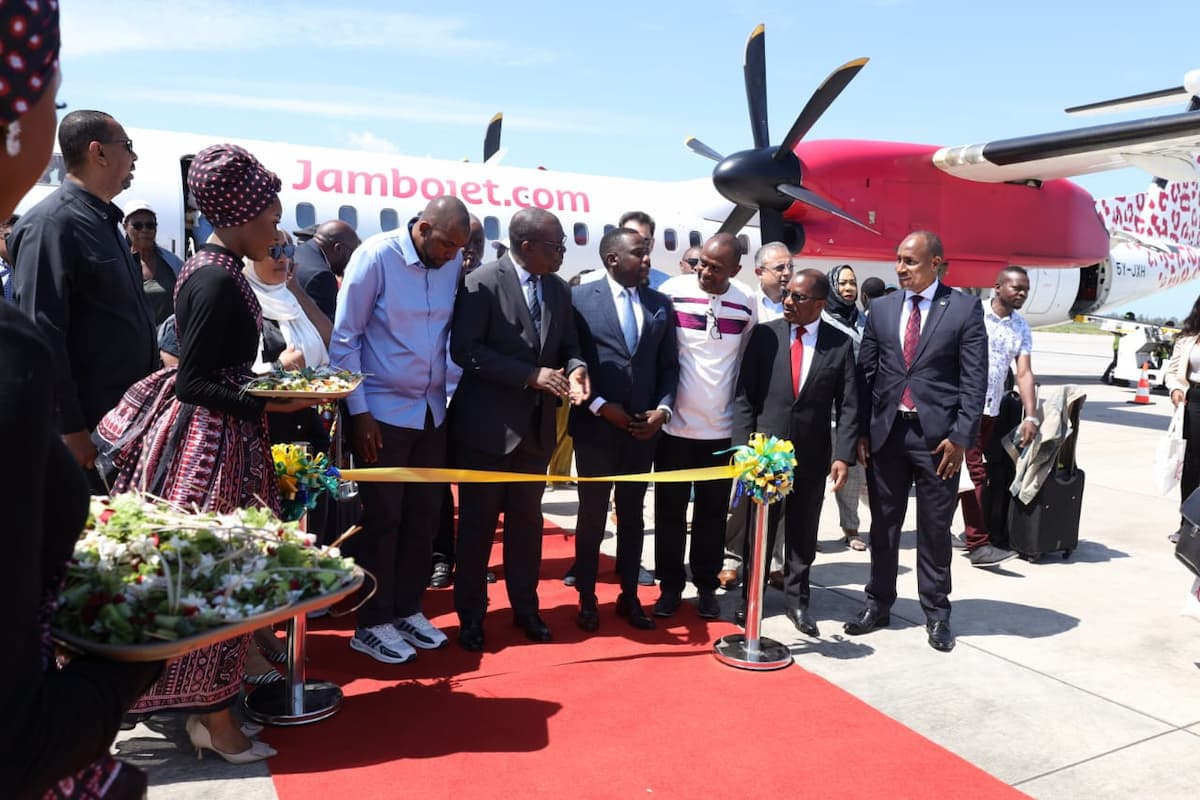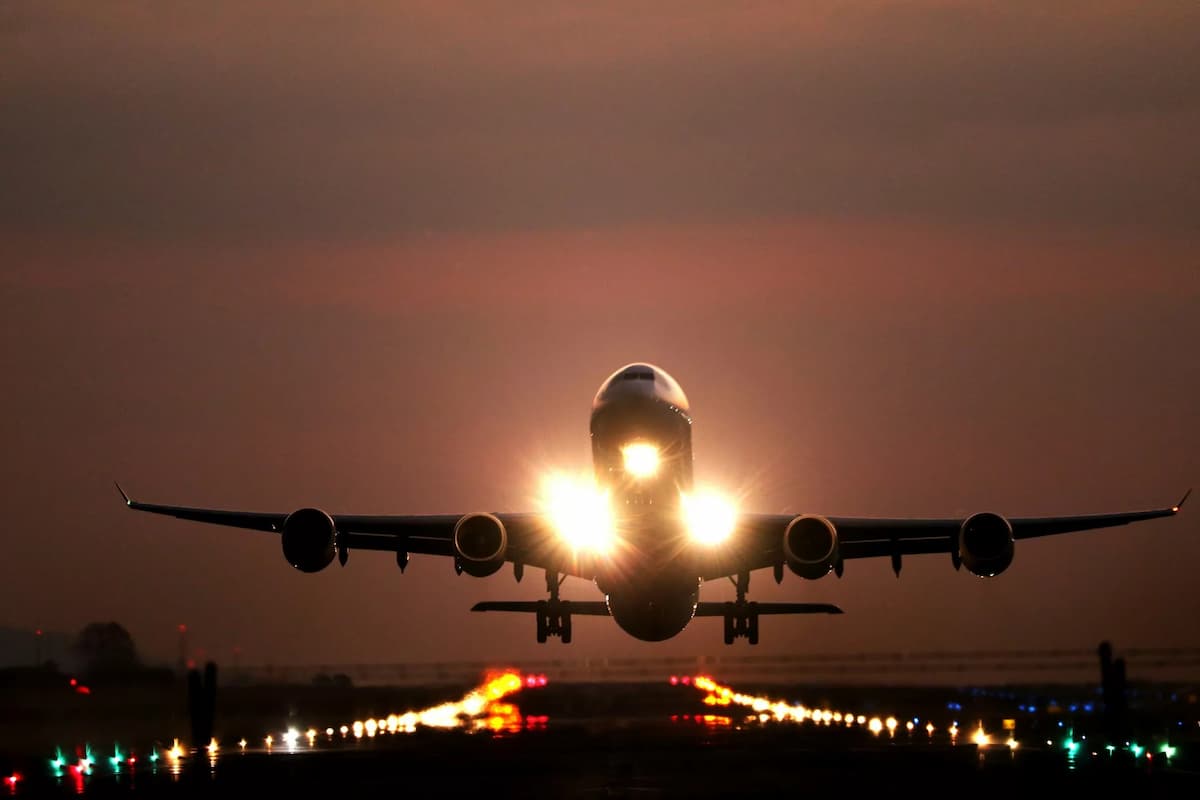Starting September 2024, Uganda Airlines will begin flights to Abuja in Nigeria, Harare in Zimbabwe, and Lusaka in Zambia.
These new routes will join the airline’s existing destinations, including Nairobi, Mombasa, Dar es Salaam, Bujumbura, Johannesburg, Dubai, Zanzibar, Lagos, Kinshasa, Mumbai, Mogadishu, Juba, and Kilimanjaro.
According to a press release, the flights to Abuja will start on September 12, 2024, operating every Sunday and Thursday with the A330-800 aircraft. This service extends the existing flights to Lagos, which run on Sundays, Mondays, and Thursdays.
For Lusaka and Harare, services will start on September 25, 2024, with four times-a-week flights on Monday, Wednesday, Thursday, and Saturday using the CRJ-900 aircraft. While launching the routes, Jenifer Bamuturaki, Uganda Airlines chief executive officer (CEO), said that these network additions increase Uganda’s connectivity to the rest of Africa and bring more choice and convenience to travellers.
“The creation of an air bridge to West Africa and Southern Africa will bring convenience to travellers across the continent with direct flights and seamless connectivity and enable multiple opportunities in business, trade, tourism, and socio-cultural linkages. We are open to bookings, and intending travellers can book through their travel agents, our ticketing offices, or online via the Uganda Airlines app and website,” Bamuturaki explained.
“These new routes mark the second phase of our network development and support our mission to offer affordable air travel for business and leisure. This expansion also sets the stage for future routes to Europe and Asia,” she added.
The launch of these new routes enhances intra-African travel, providing direct flights and seamless connections for business, trade, tourism, and cultural exchanges. Bookings are now open through travel agents, ticketing offices, or online via the Uganda Airlines app and website.
In September 2024, the national airline will celebrate five years since it began operations in August 2019, by officially launching these new routes. According to Bamuturaki, the decision to add these routes aims to build an efficient regional market, enhance aircraft utilization, and create a robust network that supports long-haul routes.
She further states that “This strategic expansion is part of the airline’s 10-year plan and aims to connect East, West, North, and South Africa.”
With these new routes, Uganda Airlines hopes to improve connectivity, increase flight frequencies, and boost revenue growth. The network expansion positions the airline for promising profitability.
Source: The Observer.




